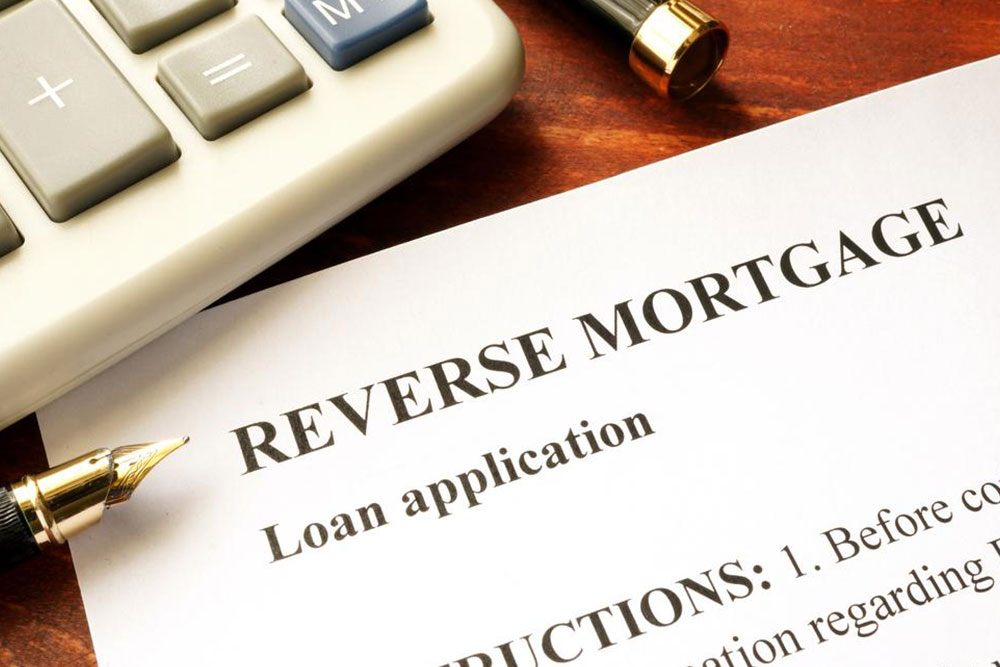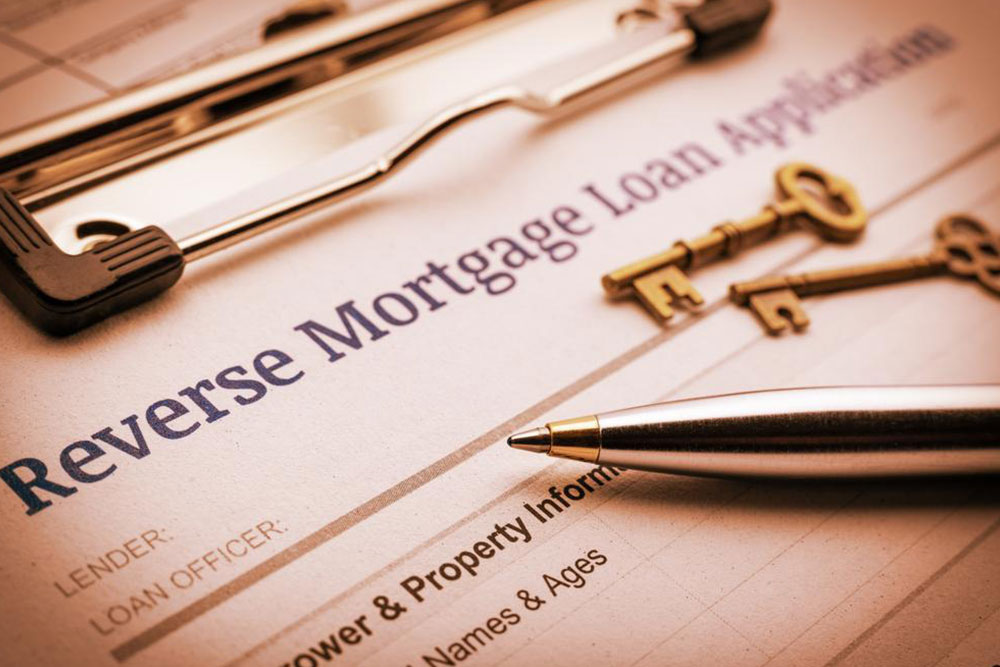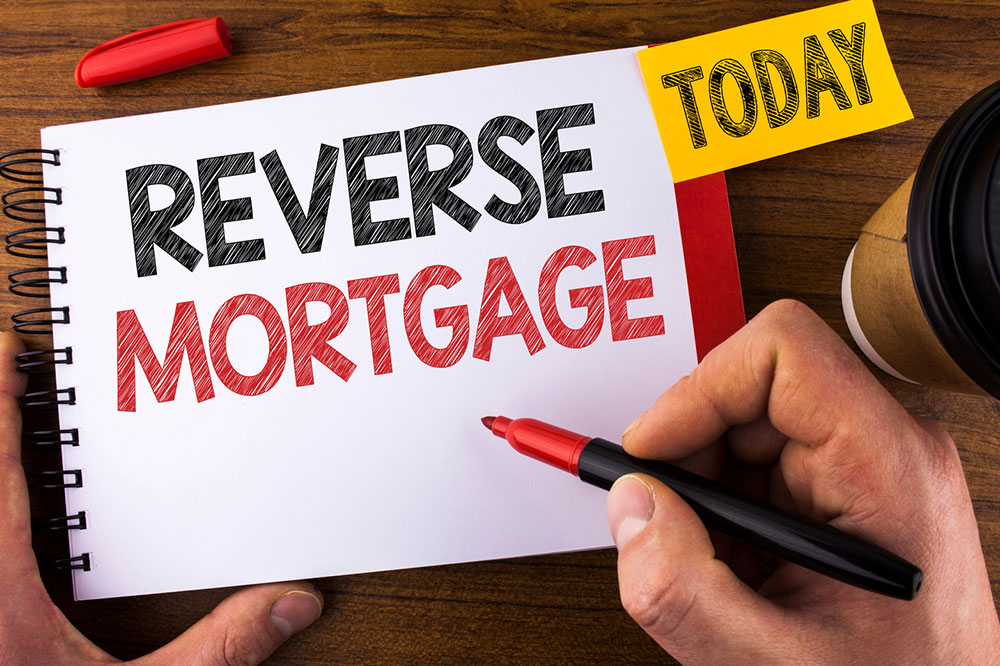Maximizing Retirement Security with Reverse Mortgages: A Comprehensive Guide
This comprehensive guide explains how reverse mortgages can help seniors secure their retirement. It covers eligibility, operational details, benefits, risks, and key considerations, providing retirees with the knowledge to make informed financial decisions. Learn how to unlock home equity safely and effectively while maintaining long-term security and peace of mind.

Maximizing Retirement Security with Reverse Mortgages: A Comprehensive Guide
Retirement planning is a complex process that involves careful management of resources and assets. For seniors who have paid off their homes or own significant equity in their properties, reverse mortgages have emerged as a valuable financial tool to support retirement goals. These financial products enable seniors to convert part of their home equity into accessible cash, providing additional income without the burden of monthly repayments. Understanding how reverse mortgages work, their benefits, and potential pitfalls is crucial for making informed decisions about securing a comfortable retirement.
In this comprehensive guide, we will explore the intricacies of reverse mortgages, including eligibility criteria, operational mechanisms, advantages, and potential risks. Whether you're considering a reverse mortgage as part of your retirement strategy or simply want to understand this financial option better, this article aims to provide valuable insights to help you navigate your retirement planning effectively.
At the heart of reverse mortgage benefits is the ability to unlock home equity safely. Unlike traditional loans, reverse mortgages do not require monthly payments. Instead, the loan is repaid when the borrower sells the house, moves out permanently, or passes away. This feature offers retirees a flexible form of financial support, allowing them to cover medical expenses, home improvements, daily living costs, or leisure activities, thereby enhancing their quality of life during retirement.
Before jumping into a reverse mortgage agreement, homeowners should consider several critical factors. These include understanding current liens on the property, existing debts, and the property's valuation, all of which influence the loan amount. It’s equally important to grasp the terms under which the lender can demand repayment or initiate foreclosure actions. Knowledge of these key points helps ensure seniors can make choices aligned with their financial goals and long-term security.
Let’s delve deeper into the detailed aspects of reverse mortgages to empower homeowners in making well-informed decisions about their retirement finances.
Understanding reverse mortgages begins with recognizing that they are loans secured against your home equity, providing a way for seniors to access cash without selling their property. This financial mechanism is designed specifically for individuals aged 62 and older, offering a flexible way to manage retirement expenses and maintain financial stability in later years.
One of the primary conditions for obtaining a reverse mortgage is that the home must be the primary residence of the borrower. The homeowner must also ensure that no other liens or debts are encumbering the property, except for allowable exceptions or subordinate liens that the lender agrees to accept. It's important to note that the process of obtaining a reverse mortgage involves an independent counseling session to help borrowers understand all aspects of the loan.
While the benefits are attractive, there are essential considerations to keep in mind. For example, the property must be adequately maintained, and the homeowner is responsible for paying property taxes, homeowners insurance, and maintaining the property in good condition. Failure to meet these obligations can lead to foreclosure, which underscores the importance of careful planning and management of the property during the loan term.
Let's explore the critical points that define how reverse mortgages work in practice:
sole lien requirement: The reverse mortgage must be the only lien on the property. Any existing debts must be settled unless prior lienholders are willing to subordinate their interests.
Property valuation: The amount one can borrow depends on the home's current market value, with higher-valued homes potentially qualifying for larger loans. The age of the home can also influence loan terms; older homes may often qualify for higher loan amounts under certain conditions.
Loan disbursement methods: Loans can be paid out in various ways, including lump sum, monthly payments, line of credit, or a combination thereof, providing flexibility according to the homeowner's needs.
Borrower obligations and conditions: Homeowners must adhere to certain obligations, such as maintaining insurance, paying property taxes, and keeping the property in good repair. Failure to do so may trigger the lender's right to demand repayment or initiate foreclosure proceedings.
Repayment terms: The mortgage loan is typically repaid when the homeowner moves out permanently, sells the property, or passes away. At that point, the remaining loan balance, including accrued interest and fees, is due.
Here is a detailed overview of how reverse mortgages operate:
The lender disburses funds based on the agreed terms, providing the homeowner with accessible cash for various needs.
The loan is based on a percentage of the home’s appraised value, often influenced by the homeowner’s age and market conditions.
Homeowners retain ownership until they decide to sell or move out permanently, offering them continued use of their home.
Upon the homeowner’s death, heirs have options to settle the loan by selling the property or refinancing to keep it. If the debt exceeds the property value, the Federal Housing Administration's (FHA) mortgage insurance covers the difference, relieving heirs from personal liability.
If the home is sold or the borrower passes away, the lender sells the property to recover the remaining loan balance. Any excess proceeds go to the heirs or the homeowner’s estate.
Understanding the operational framework of reverse mortgages can significantly aid seniors in making informed decisions, ensuring their financial security and peace of mind in retirement. When managed carefully and responsibly, reverse mortgages can serve as invaluable tools to enhance retirement lifestyles while safeguarding long-term financial interests.
In summary, reverse mortgages offer a flexible, accessible, and potentially life-enhancing financial solution for seniors with substantial home equity. By understanding the nuances, obligations, and mechanisms involved, retirees and their families can leverage this tool to achieve their retirement goals with confidence and security.





